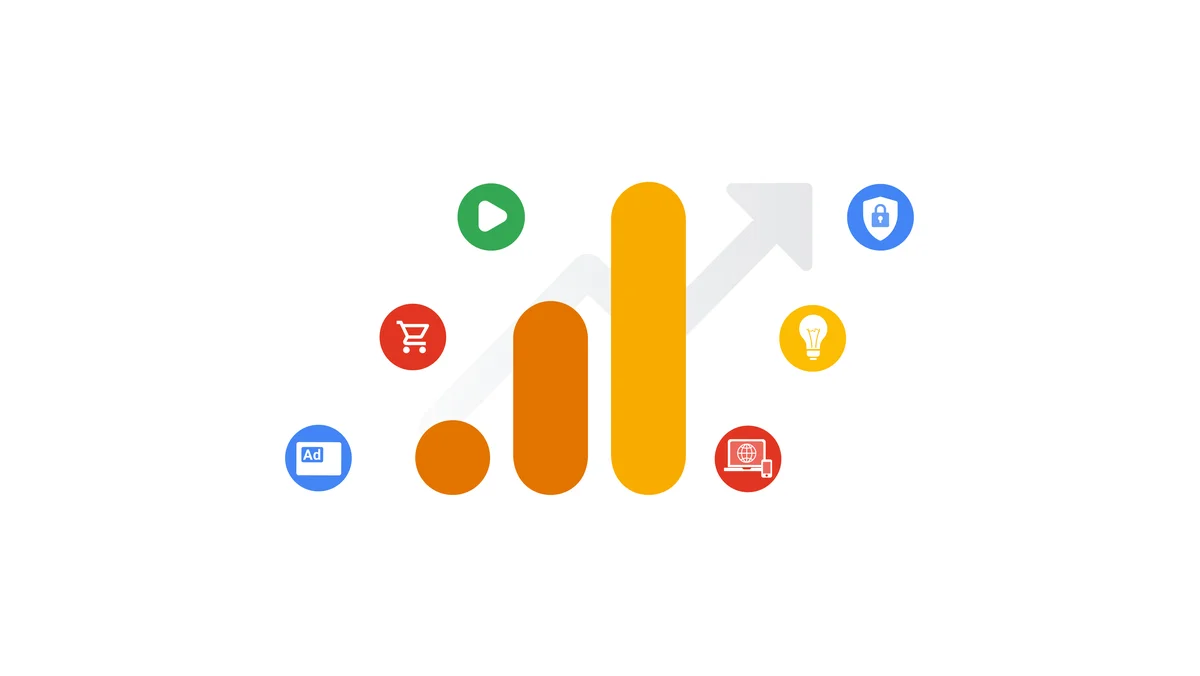Master Site Insights With Accurate Google Analytics Tracking Code
The reliable use of Google Analytics rests on the exact application of its tracking code, a fundamental action typically ignored by site proprietors. This seemingly easy JavaScript snippet, when properly positioned, comes to be the foundation of data collection, giving insights into customer habits and website performance. Nonetheless, difficulties can arise throughout configuration, possibly skewing the data and bring about misinformed decisions. Recognizing these ins and outs is vital for making best use of the benefits of analytics. What are the usual pitfalls that could weaken your monitoring initiatives, and how can you guarantee accuracy in your strategy?
Understanding Google Analytics Basics
Google Analytics is an important device for website proprietors and marketing professionals, giving invaluable insights right into individual actions and internet site efficiency. At its core, Google Analytics collects data regarding site visitors to a website, permitting individuals to examine metrics such as traffic sources, customer interaction, and conversion prices. Understanding these principles is vital for enhancing a site's performance and enhancing individual experience.
The platform utilizes cookies to track communications, videotaping data such as page sights, session periods, and bounce rates. This info is aggregated and provided through adjustable dashboards, allowing individuals to envision trends gradually. Trick performance indicators (KPIs) can be kept track of, such as the complete variety of customers, brand-new versus returning site visitors, and the geographical distribution of the audience.
Furthermore, Google Analytics provides division features, allowing customers to separate particular website traffic resources or user demographics for even more targeted analysis. By understanding these fundamental aspects, website proprietors can make enlightened choices regarding content method, marketing campaigns, and general website enhancements. Eventually, recognizing Google Analytics essentials is important for leveraging data to drive development and accomplish company objectives effectively.
Establishing Your Tracking Code

Replicate the offered monitoring code and paste it into the HTML of your web site. Preferably, this code needs to be positioned in the header area of every web page you want to track. This makes sure that the monitoring code tons prior to any kind of various other material, allowing it to record data precisely. If you are using a content management system (CMS) like WordPress, there are plugins readily available that streamline the integration process.
After installation, validate that the monitoring code is operating correctly by utilizing Google Tag Assistant or the Real-Time records in Google Analytics - when does the google analytics tracking code send an event hit to analytics?. This step is vital to verify that your information collection is active and precise, establishing the structure for insightful analysis
Typical Monitoring Code Issues
This might take place when the monitoring code is positioned in the wrong area of the site's HTML, often leading to incomplete or missing data. Furthermore, having several instances of the monitoring code on a solitary web page can result in filled with air metrics, as customer communications may be counted extra than as soon as.
An additional problem occurs from making use of ad blockers, which can stop the monitoring code from implementing completely, thus skewing information. when does the google analytics tracking code send an event hit to analytics?. Moreover, failure to set up filters appropriately can lead to the exemption of necessary traffic sources or the addition of undesirable referral spam, misshaping the information gathered
Internet site owners may additionally neglect the importance of tracking code updates, specifically when migrating to Google Analytics 4 (GA4) from Universal Analytics. Finally, inadequate screening prior to launching adjustments can cause undiscovered errors in the monitoring code, better making complex information reliability. Resolving these typical concerns is essential for making sure precise tracking and informative analytics.
Studying Site Data Properly
Accurate data collection is just the first step in leveraging Google Analytics; the actual value depends on properly assessing that information to drive informed decision-making. To attain this, it is necessary to determine like it key performance signs (KPIs) that line look at this website up with your organization goals. Focus on metrics such as conversion prices, user involvement, and web traffic resources, as these will certainly offer insights right into user behavior and the total performance of your site.
Making Use Of Google Analytics' segmentation functions enables a much deeper understanding of your audience. By damaging down data right into details demographics, actions, and traffic networks, you can discover fads and patterns that inform targeted techniques. Carrying out custom-made reports and dashboards can improve this procedure, allowing fast accessibility to essential information.
Additionally, routinely examining information trends in time aids to recognize abnormalities and opportunities for enhancement. Utilize visualization tools to present information in a conveniently digestible layout, facilitating much more reliable interaction with stakeholders. Eventually, the ability to assess internet site information successfully equips companies to make tactical decisions that enhance customer experience, maximize advertising efforts, and drive growth.

Ideal Practices for Accurate Tracking
Executing effective monitoring practices is essential for getting trusted information in Google Analytics. To ensure accurate tracking, begin by appropriately installing the Google Analytics tracking code on every web page of your internet site. This can be achieved through a tag manager or by directly installing the code right into the HTML.
Following, configure your Google Analytics account to exclude inner website traffic. This can be done by establishing filters that identify and remove sees from your organization's IP address, thus avoiding manipulated information. Additionally, utilize occasion monitoring to monitor specific customer communications, such as downloads or video plays, which typical page sights may neglect.
Consistently audit your monitoring arrangement to confirm that all attributes, such as goals and ecommerce monitoring, are operating properly. Establish a constant naming convention for your campaigns and occasions to help with easier coverage and evaluation.
Last but not least, take into consideration leveraging UTM parameters for projects to acquire insights right into the performance of various marketing efforts. By adhering to these ideal techniques, you can boost the accuracy of your information collection and analysis, eventually leading to more educated decision-making for your internet site.
Final Thought
Exact implementation of the Google Analytics tracking code is crucial for mastering website insights. By more information making certain the monitoring code is appropriately put and routinely investigated, internet site owners can catch essential user communication data, hence promoting the recognition of vital performance signs. Efficient analysis of this information, integrated with adherence to ideal methods, makes it possible for informed decision-making and the optimization of online strategies. Ultimately, a robust monitoring structure boosts the capability to drive interaction and boost general website efficiency.

Inadequate testing before launching changes can result in unseen mistakes in the tracking code, further making complex data dependability.Implementing effective monitoring techniques is important for acquiring dependable information in Google Analytics. By making sure the tracking code is correctly positioned and regularly investigated, internet site proprietors can capture crucial individual communication information, therefore facilitating the recognition of key efficiency indicators.